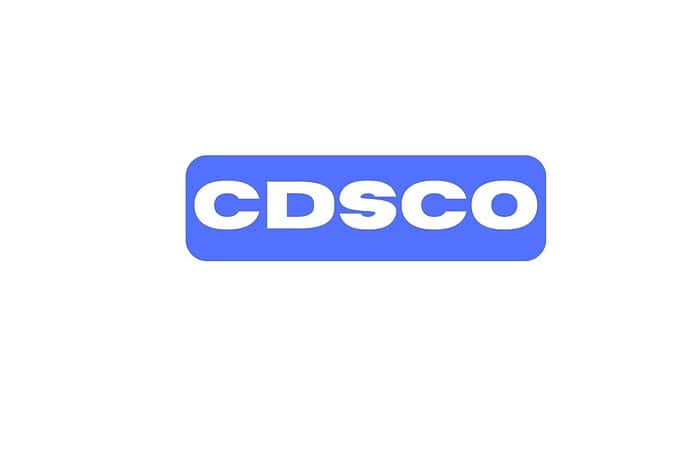Last Updated on October 2, 2024 by The Health Master
Medicine
The Central Drugs Standard Control Organisation (CDSCO) recently made a significant decision to restrict Common Cold and Flu Medicine that has implications for the health of young children.
Let’s delve into the details of this decision, its background, and the broader context surrounding the use of a popular anti-cold cocktail medicine combination among infants and children below four years of age.
Background of CDSCO’s Decision
In a recent development, the Subject Expert Committee (SEC) advised the CDSCO to ban a widely used anti-cold cocktail medicine combination for children below the age of four.
The SEC, responsible for providing expert advice on drug approval and trials related to the pulmonary segment, made this recommendation on June 6, 2023.
Specifics of the Decision
The CDSCO, in response to the SEC’s recommendation, issued a letter on December 18.
The directive mandates that manufacturers of common cold fixed dose combinations (FDC) containing chlorpheniramine maleate IP 2mg with phenylephrine HCL IP 5 mg per ml drops should include a warning on the label and package insert.
This warning explicitly restricts the use of the combination in children below four years of age.
DCGI’s Letter to Manufacturers
Dr. Rajeev Singh Raghuvanshi, the Drug Controller General of India (DCGI), issued the letter to all manufacturers, emphasizing the need to comply with the warning directive.
The letter, dated December 18, requests State and Union Territory drug controllers to ensure manufacturers under their jurisdiction include the warning in promotional literature as well.
Concerns Raised Regarding Unapproved Formulation
The CDSCO expressed concerns about the promotion of unapproved anti-cold drug formulations for infants.
The regulatory body urges action from manufacturers and requests drug controllers to inform the office about steps taken in this regard.
Purpose of the Drug Combination
The FDC of Chlorpheniramine Maleate IP 2mg + Phenylephrine HCI IP 5mg drop per ml is commonly used to relieve cold and flu symptoms in children.
These symptoms include watery eyes, runny nose, sneezing, and nasal or throat itching.
Rationalization by Prof. Kokate’s Committee
The drug combination was declared rational by Prof. Kokate’s committee, leading to the issuance of a No Objection Certificate (NOC) for its continued manufacturing and marketing on July 17, 2015, under the 18 months policy decision.
Components of the Combination
Chlorpheniramine Maleate is an antiallergic drug, while Phenylephrine is a decongestant. Understanding the roles of these components is crucial in evaluating the impact of the CDSCO’s decision.
Manufacturers Affected by the Decision
Notable pharmaceutical companies like Glaxo SmithKline Pharmaceuticals Ltd’s T-Minic, Wanbury Ltd’s Coriminic, Alembic Pharmaceuticals Ltd’s Wikoryl AF, among others, produce this combination.
These manufacturers are now obligated to include the warning on the label and package insert.
Implementation of the Warning
Manufacturers must promptly adhere to the directive and add the warning. The CDSCO’s move aims to ensure the safety of young children using this medication and to address the concerns raised regarding its usage.
Public Reaction
The decision has sparked reactions from parents and caregivers, concerned about the impact on their children’s health.
Medical professionals are also expressing their opinions on the potential consequences and the need for alternative solutions.
Alternatives for Parents
In light of this decision, parents are urged to explore alternative medications for managing cold and flu symptoms in children under four. Consulting healthcare professionals for suitable alternatives is advisable.
Industry Response
Pharmaceutical companies affected by the decision are expected to release statements addressing the directive. Legal challenges may arise as companies navigate the implications of the warning on their products.
Future Implications
The CDSCO’s decision may have far-reaching effects on drug regulations and the approval process for similar medications.
It raises questions about the criteria used to evaluate the safety of drugs for specific age groups.
Disclaimer: This article contains information derived from the source mentioned below. Our team utilized an AI language model to rewrite and present the news or article in a unique format.
USFDA issues EIR For APL Healthcare of Aurobindo
EMA: European Medicines Agency prepare for AI in regulation
USFDA issues Form 483 with 5 observations to Moderna
FDA Maharashtra: Overhauling the Drug Regulatory System
Drug recall: Unraveling the recall by Sun and Lupin
Indian Pharma’s Commitment to Drug Quality, Patient Safety, and Regulatory Compliance
Maharashtra FDA’s Crackdown: Strengthening Pharmaceutical Compliance
DCOIWA successfully organised workshop on Risk Based Inspection: Ahmedabad
Key Notes on Revised Schedule M: Compilation
Important short notes for Industry and Regulators
CDSCO Guidelines on Drug Recall
Quality Assurance Vs Quality Control in the Pharma Industry
Major FDA audit findings about Equipment and Instruments
Understanding GMP, cGMP, and WHO-GMP
Quality Assurance in the Pharmaceutical Industry
Duties and responsibilities of QA person in Pharma Industry
Difference: Disintegration and Dissolution test in pharma industry
Understanding DQ, IQ, PQ, and OQ in the Pharma Industry
For informative videos by The Health Master, click on the below YouTube icon:
For informative videos on Medical Store / Pharmacy, click on the below YouTube icon:
For informative videos on the news regarding Pharma / Medical Devices / Cosmetics / Homoeopathy etc., click on the below YouTube icon:
For informative videos on consumer awareness, click on the below YouTube icon:










